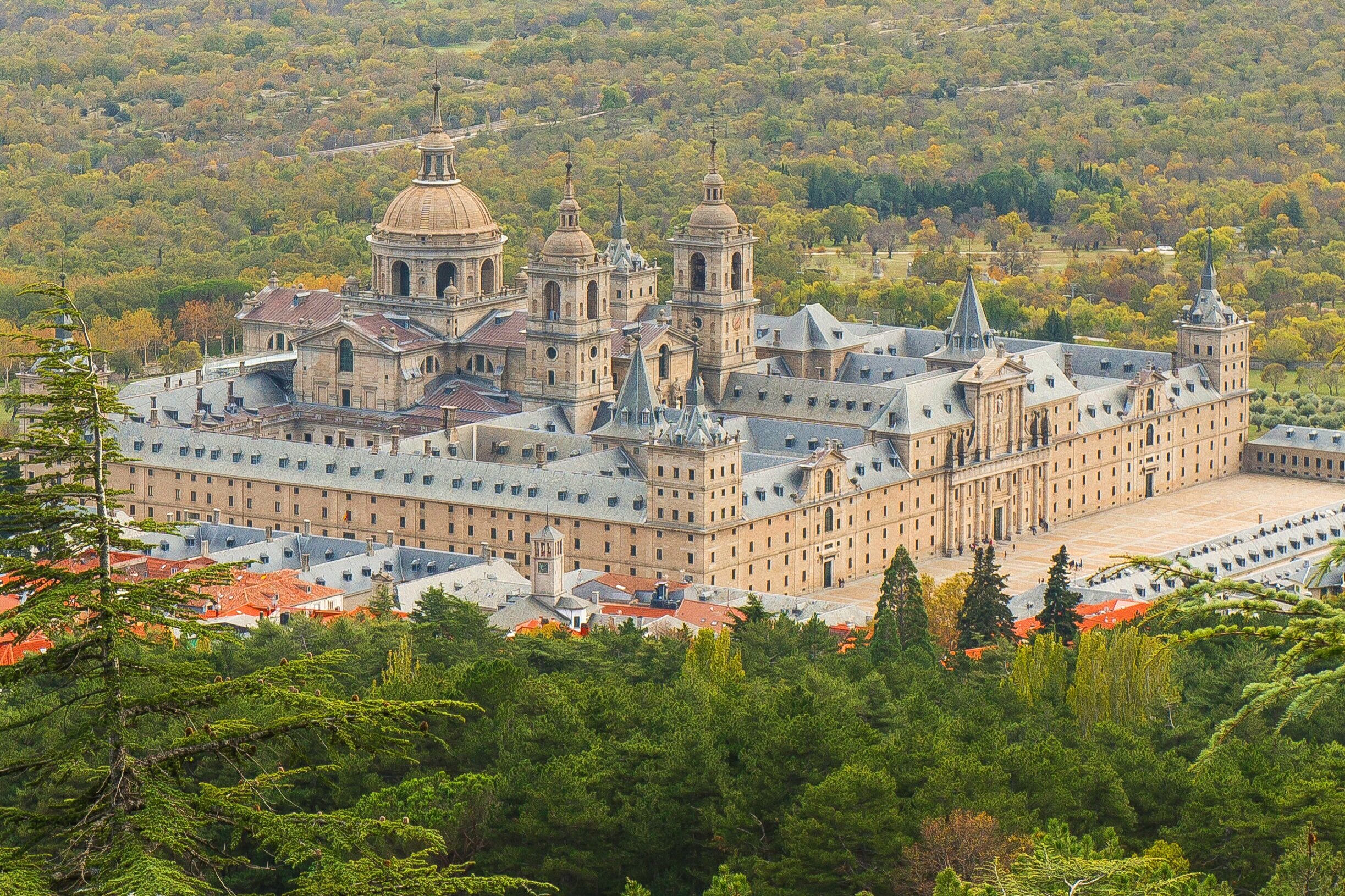The Best Habsburg Palaces
Benjamin Curtis | benjamincurtis.me
You can easily imagine that the Habsburgs, as the most important family in European history, amassed some pretty amazing real estate. And who hasn’t dreamed of living in a palace, of relishing the crème-de-la-crème life of European royalty? The Habsburgs didn’t have to dream, of course, but we can all indulge our “let them eat cake” fantasies by touring the lavish homes they left behind. So let’s play “House Hunters International” with my picks for the most fabulous Habsburg palaces!
1. Schönbrunn Palace
Schönbrunn’s main façade
Image | Simon Matzinger
We start with the grandaddy of them all, Schönbrunn, the “Habsburg Versailles,” not far from the center of Vienna. This was their most opulent seat near the capital of their Central European realms. Maybe, though, it would be better to call it the “grandmother” of all their other palaces, since its present look of Baroque grandeur is thanks to Empress Maria Theresia (who ruled from 1740-80).
In fact, the palace exterior shows what’s sometimes called “Maria Theresia yellow,” or in German, Kaisergelb, “imperial yellow.” This is a color associated with important buildings throughout the former Habsburg monarchy. If you’re anywhere in eastern Central Europe and you come across a big, historic, building painted yellow, it’s a safe bet that it once fulfilled some official function for the dynasty.
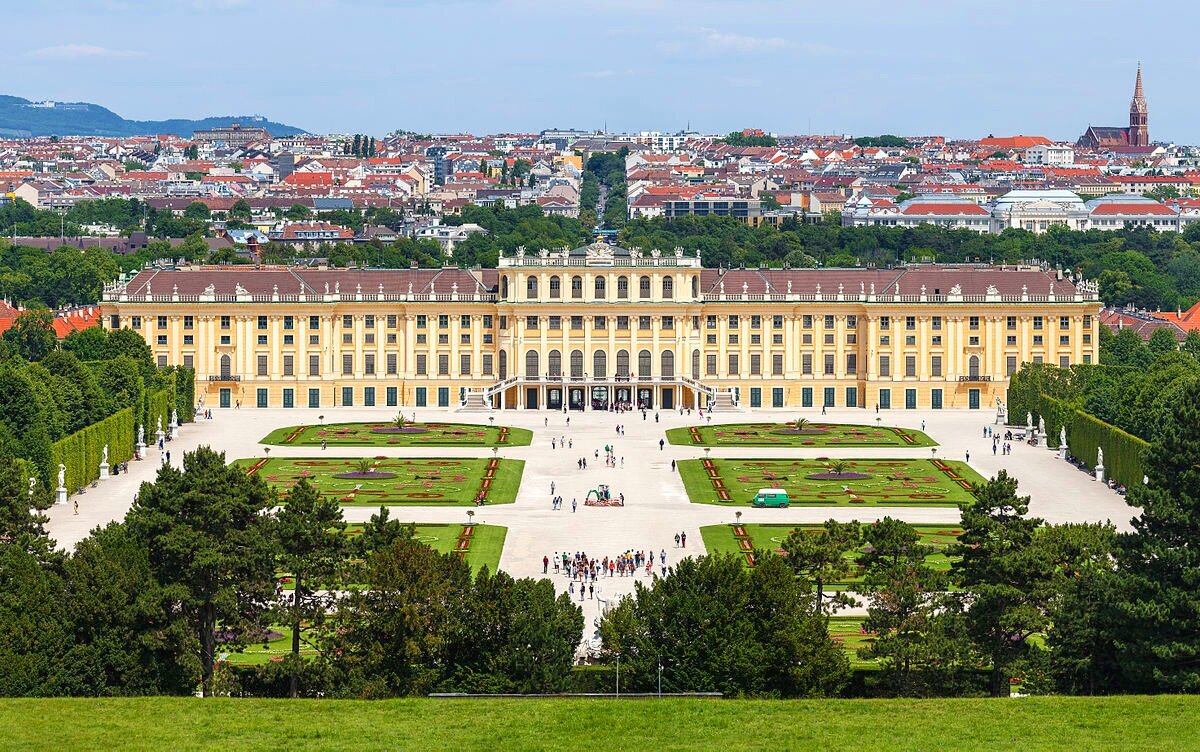
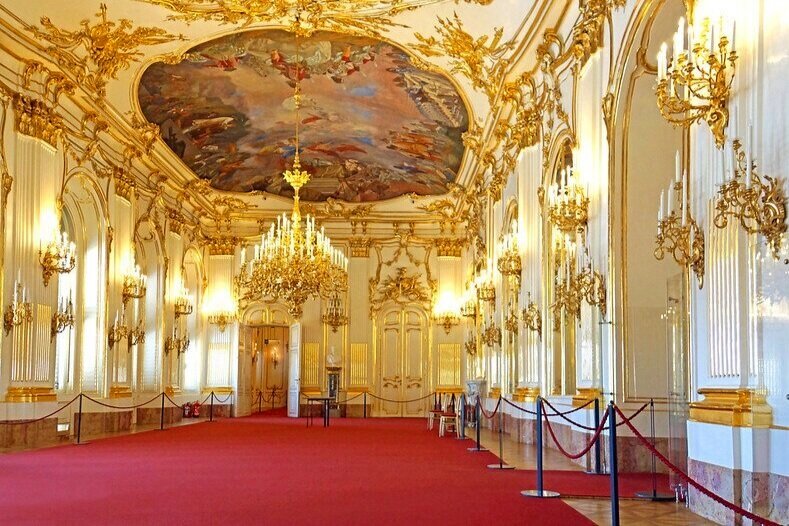
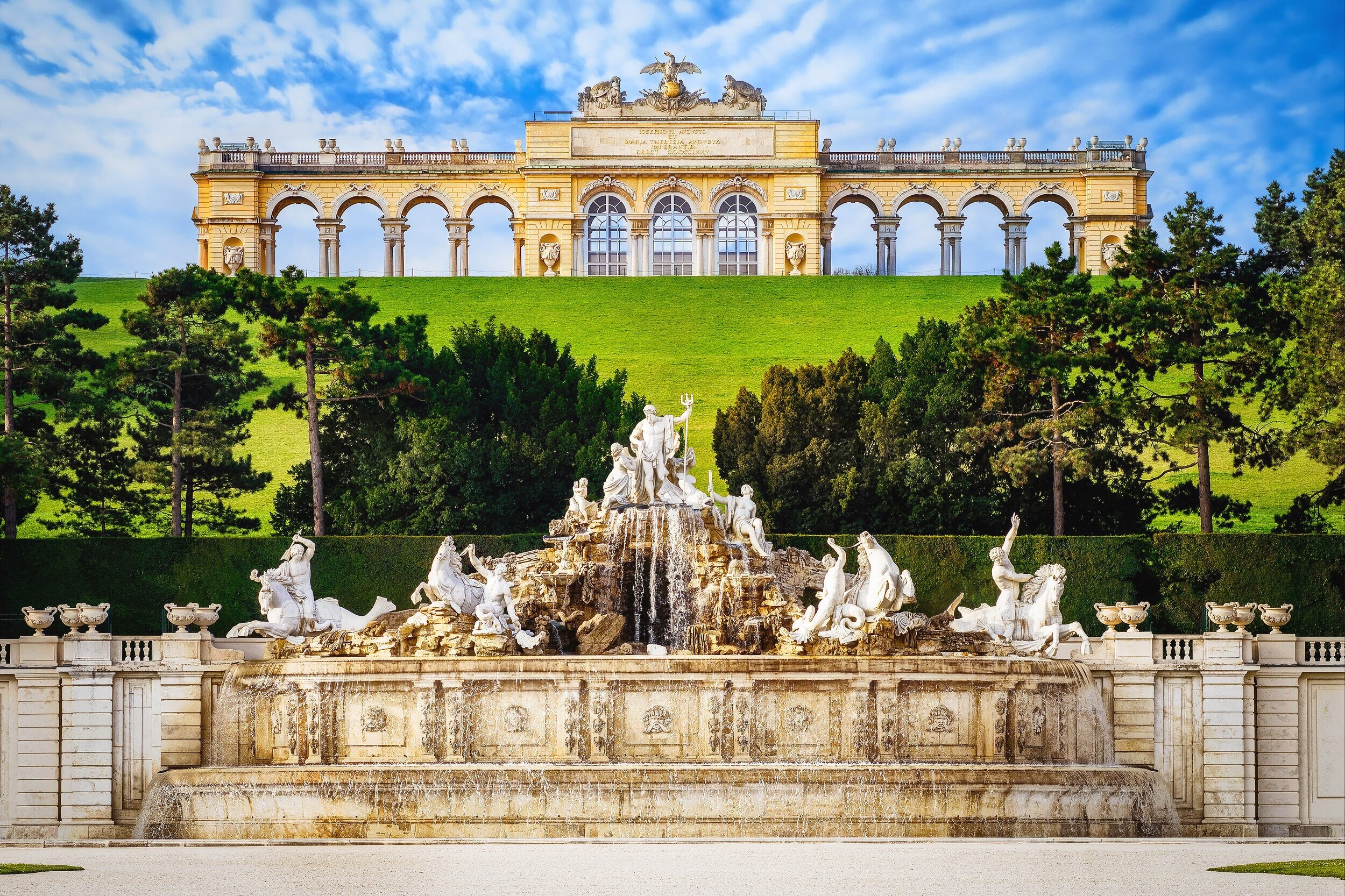
While Schönbrunn’s interiors are just as ritzy as you would expect, I also really love the gardens. I actually think the most striking feature of the whole complex is the Gloriette, on a hill overlooking the palace. I’ll never forget the first time I saw it, on a wintry morning during my first visit to Vienna in 1992. It trumpeted royal magnificence for me then, and has ever since.
Schönbrunn is a must-visit when you’re in Vienna, and it’s easy to get there, just a simple metro ride out of the center. Be sure to save time to wander the extensive grounds -- besides lots of other impressive architecture, they have the oldest still-operating zoo in the world!
2. El Escorial
El Escorial
Image | David Mapletoft
Perhaps even more impressive as a Gesamtkunstwerk (total work of art) than Schönbrunn is El Escorial. Built by Felipe II (ruled 1556-98) north of his capital of Madrid, El Escorial is a jaw-dropping place, utterly unique, and a perfect expression of this most misunderstood of Habsburg rulers.
With its disparate elements, El Escorial could only have sprung from the mind of Felipe II. It was simultaneously the grandest palace of the largest empire of its time, a massive monastery complex, one of the most important seats of learning and research in its day, plus a hospital and a pantheon of dead kings.
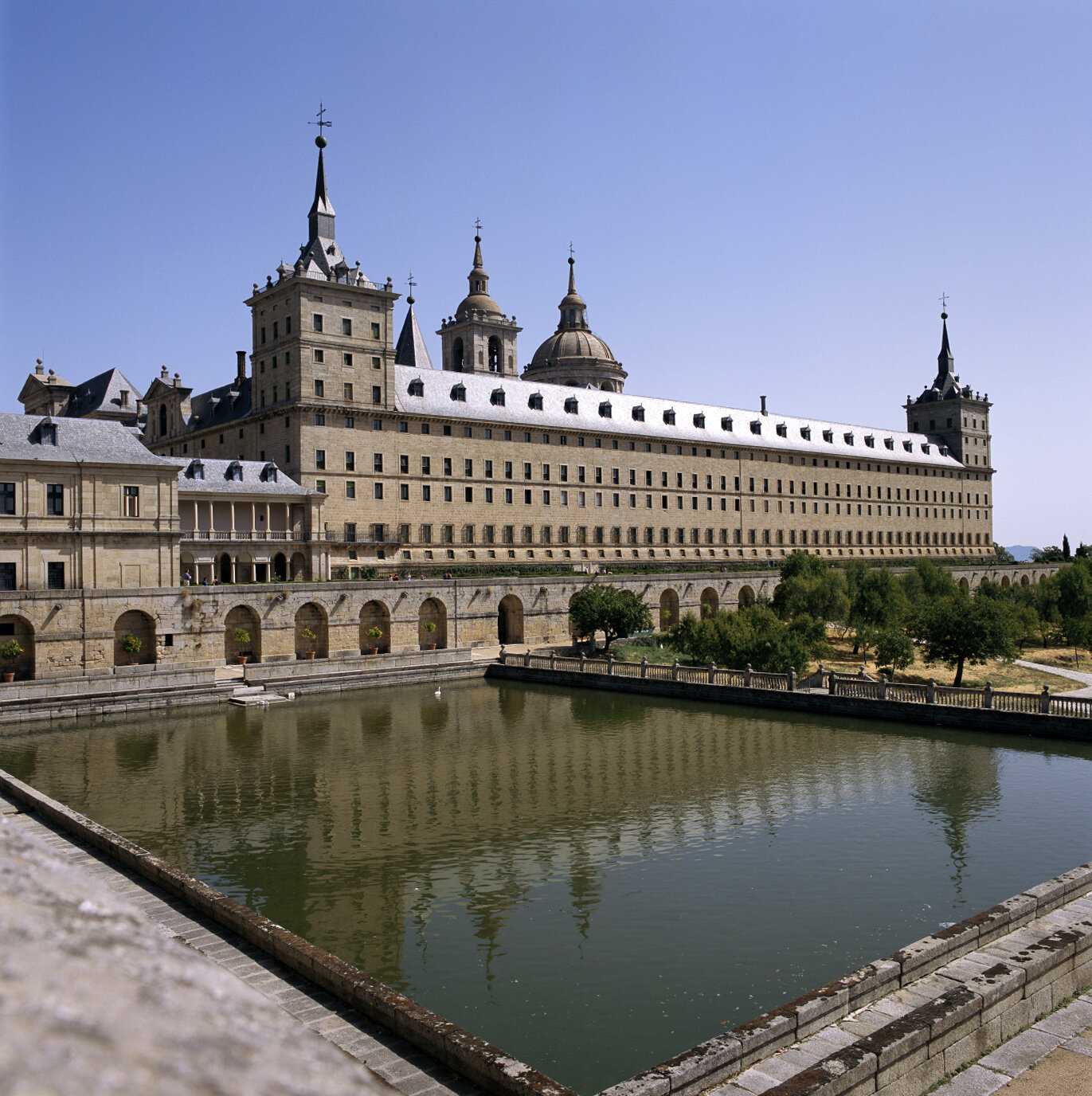
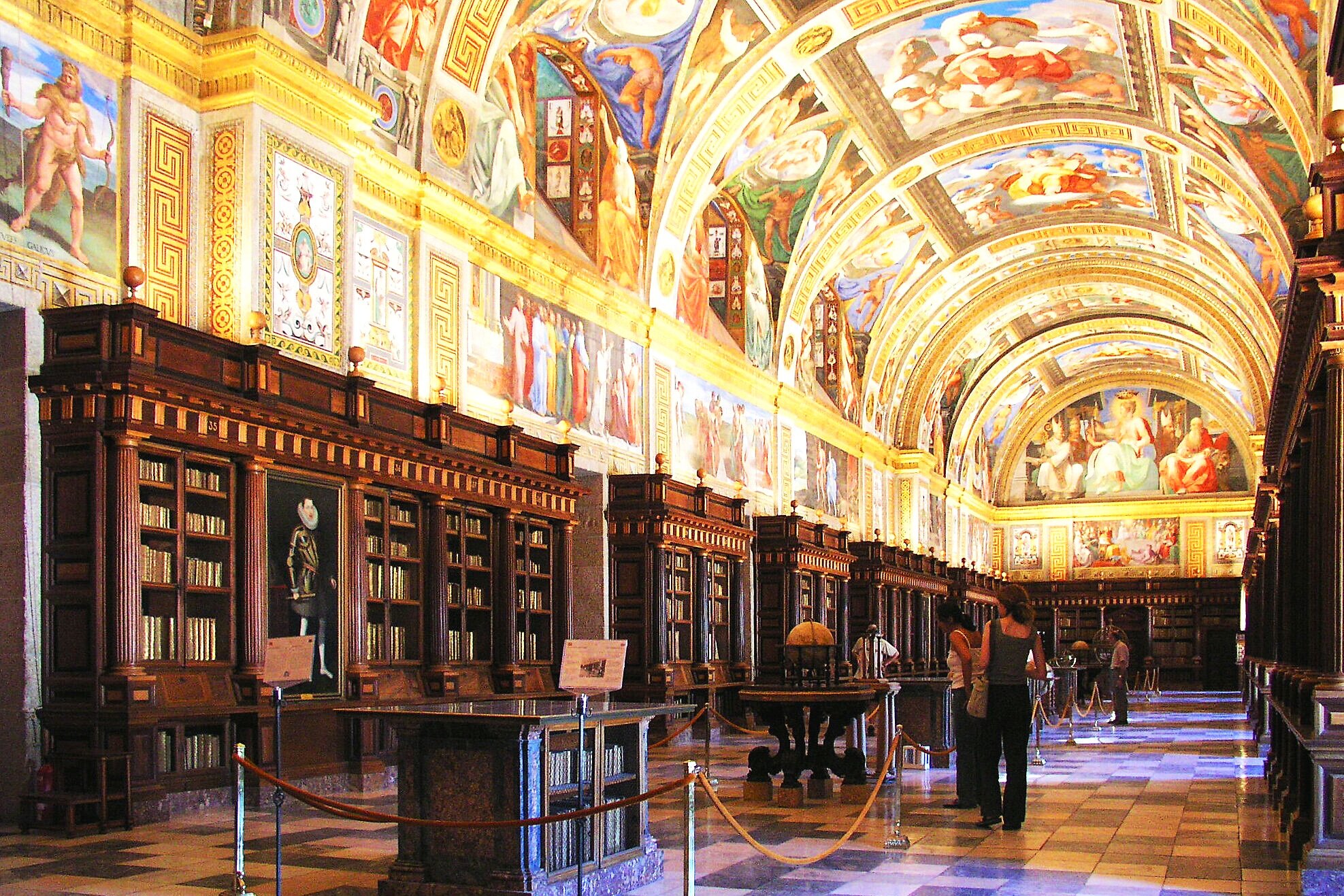
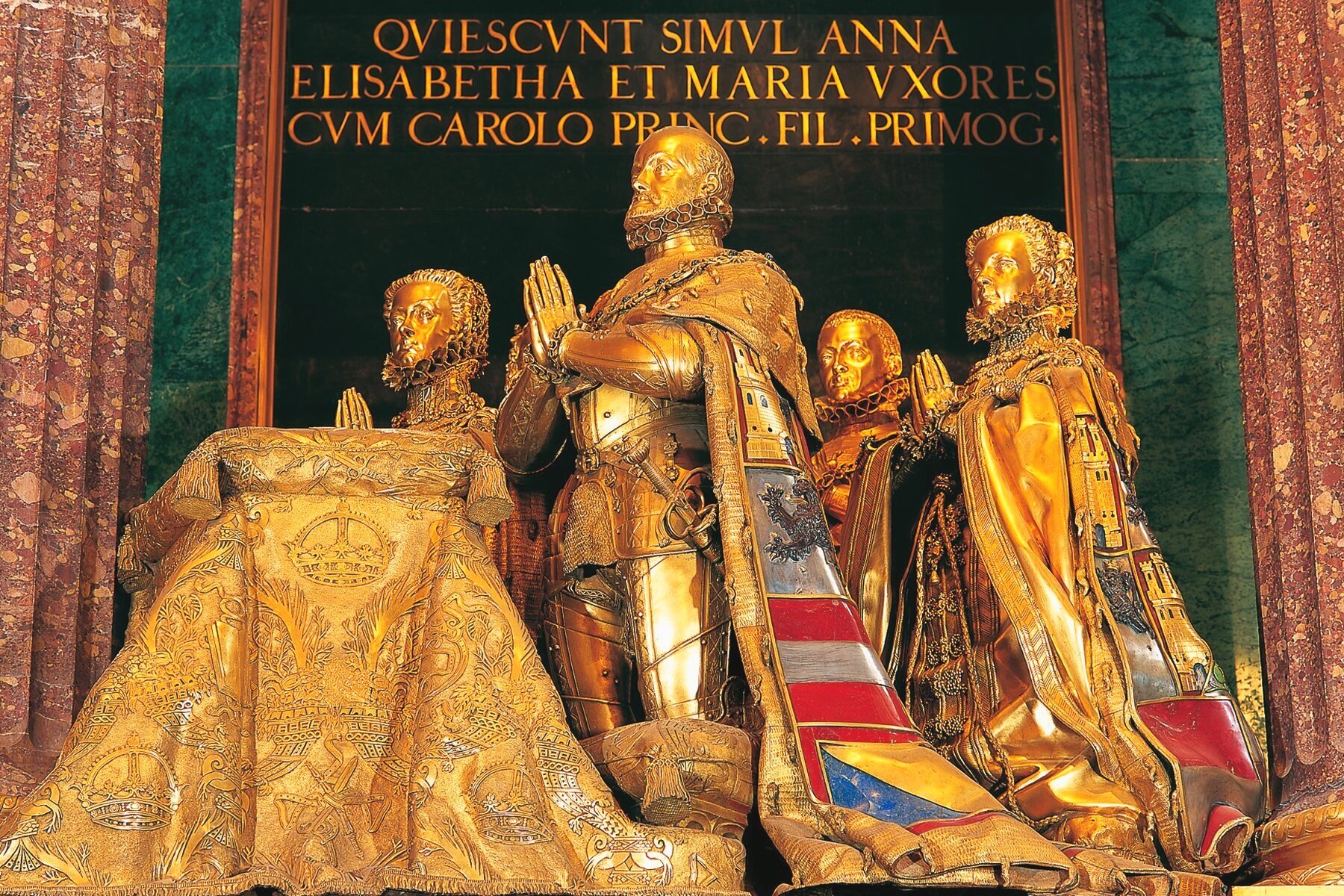
The design of the structure itself is filled with symbolism at so many levels, beginning with its basic layout, which was inspired by theories about how the legendary Temple of Solomon was arranged. Felipe employed some of the greatest artists and architects available to design its interiors. Of the interior spaces, especially impressive is the library, which was unrivalled for its collection and the research it fostered. Seeing it is a good corrective to the typical, incorrect understanding of Felipe’s Spain as obscurantist and benighted!
The basilica, too, is pretty awe-inspiring. Particularly striking here are the two groups of statues on either side of the reredos behind the main altar. They were created by Pompeo Leoni, one of the best sculptors of the time, and they depict, on one side, Felipe II and his family in their devotions, and on the other, his father Charles V. These are actually cenotaphs for the remains of two of the most momentous Habsburg rulers.
3. Sisi’s Achilleion
The Achilleion Palace
Image | Maksim Ulitin
Not nearly so bombastic as either Schönbrunn or El Escorial, the Achilleion, built on Corfu for Empress Elisabeth (1856-98) is instead a vision of island glamor on the Ionian Sea. Elisabeth, known as Sisi, is not inaccurately often called the “Princess Diana” of her day. She was one of the most beautiful women of her age, fashionable, rich, but locked in a loveless royal marriage, which brought on mental health problems.
The Achilleion’s Main Staircase
Image credit: Dr.K
At the end of the 1880s, when Sisi was feeling particularly down, she decided that a good way to cheer herself up would be to build a fabulous palace on her favorite Greek island. (To be fair about her troubles, her son, the Crown Prince Rudolf, had just committed a murder-suicide the year before.) The structure became kind of a fantasy classical temple, dedicated to Achilles. Even the interiors riffed on ancient Hellenistic designs.
This view could cheer anyone up.
Image | Jaymz
Sisi never ended up spending that much time here, since she often traveled around, and was herself murdered in 1898 by an Italian anarchist on the shores of Lake Geneva. So while this sunny palace has a dark side to its history, I could easily forget those gloomy stories while enjoying the fantastic panorama of Corfu from its terrace.
4. The Kaiservilla in Bad Ischl
Postcard of the Kaiservilla back in Franz Joseph’s day
Image | Klasse im Garten
Now that we’ve picked out a nice palace in a balmy clime and with a sea view, it’s time to find another getaway from the onerous royal duties, but this time in the mountains. Whereas Sisi loved Corfu, her husband, Franz Joseph I (1848-1916) was more at home in the Austrian Alps. The town of Bad Ischl, in the Salzkammergut -- the part of the Alps roughly south of Salzburg -- became his go-to summer residence for decades.
What’s today the Kaiservilla originally belonged to a rich Viennese guy, but Franz Joseph’s mother bought it and gave it to him and Sisi as a wedding present in 1853. Much better than your typical wedding gift of pots and pans, in my opinion! The villa was then considerably expanded into the current structure, which is neo-classical, not unlike the Achilleion, but with more Alpine touches.
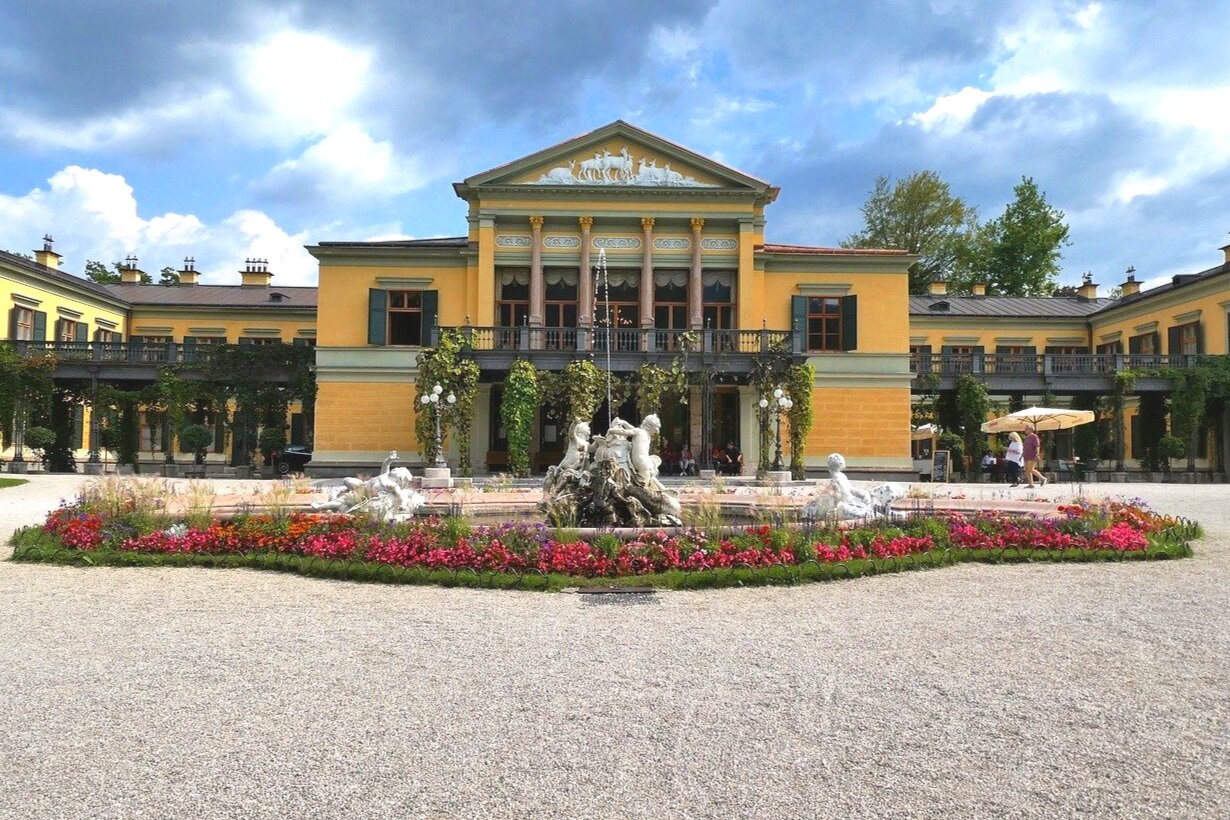
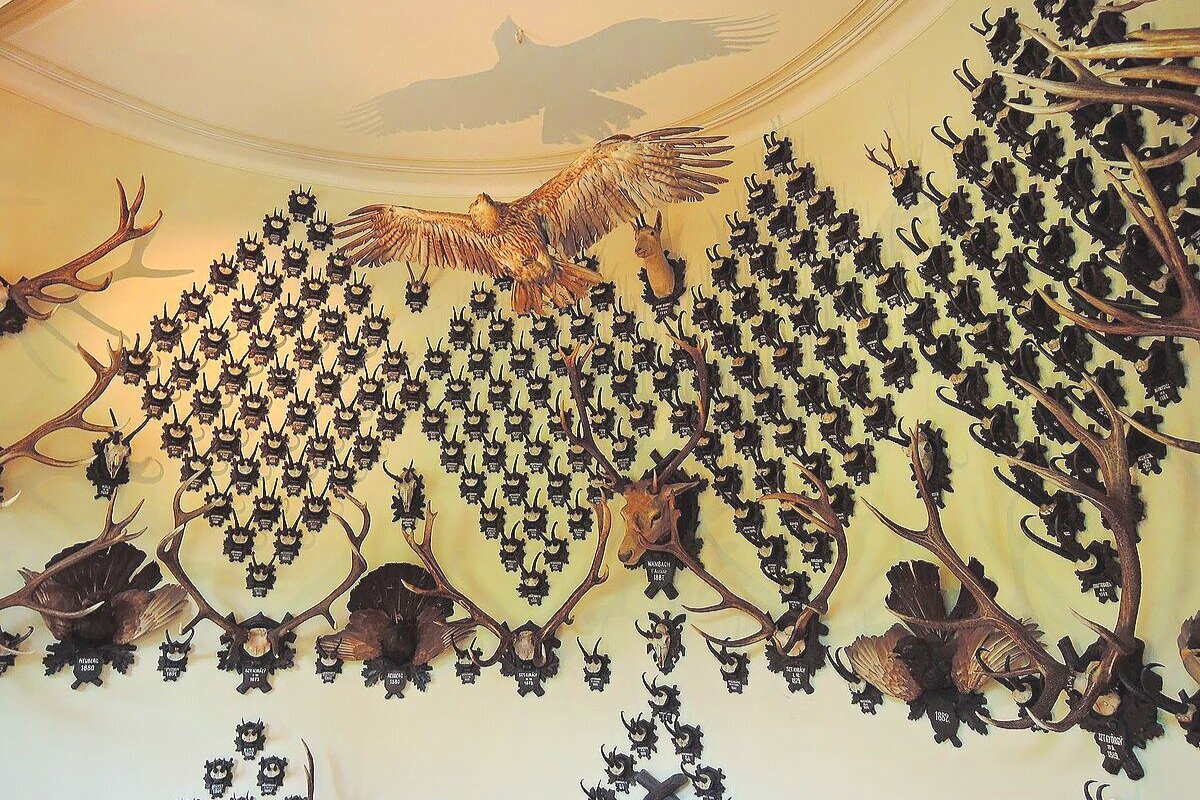
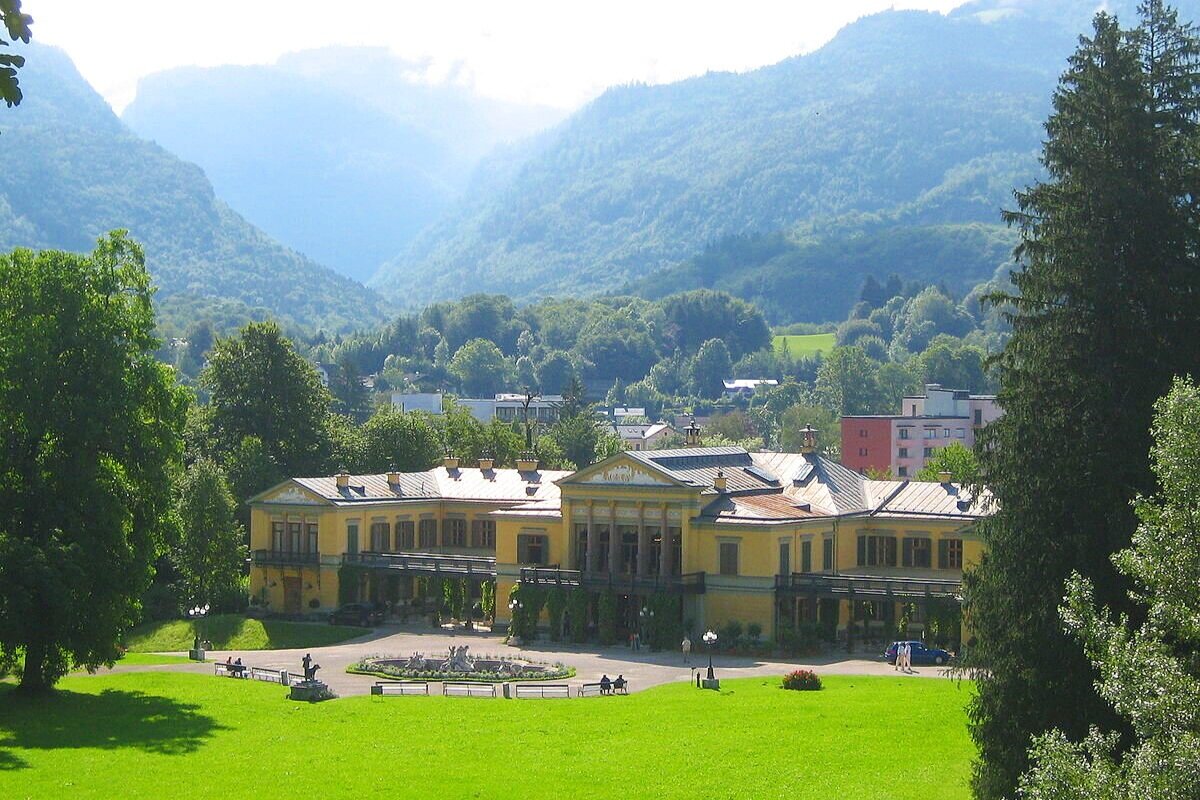
It’s not an over-the-top palace, perhaps in keeping with Franz Joseph’s fusty character. The interiors are nice but not spectacular. This was maybe sensible given that the family used this palace more as a private residence, and not for imperial display (unlike, say, Schönbrunn). It holds mementos important to the people who lived here, such as -- yuck -- the antlers and stuffed corpses of the animals family members shot on their hunting outings.
Some of the nicest features are the English-style park, and the overall setting nestled up at the foot of the peaks. In its heyday, Bad Ischl became the summer capital of the whole monarchy, and anyone who was anyone had a villa here. You could certainly do worse as a base to enjoy the Alps!
5. Schloss Ambras
Schloss Ambras
Image | Galli Luca
Perhaps, though, you’d prefer more of a castle than a palace for your mountain refuge? If I had to choose, I’d plump for Schloss Ambras, very close to the Tyrolean capital of Innsbruck. This was never a seat of a king or an emperor, but rather owes its magnificence to Archduke Ferdinand II (1564-95). Ferdinand was a tremendously cultured man who, besides building up the castle to its present Renaissance appearance, promoted Renaissance art throughout his lands.
In fact, the most magnificent thing about Schloss Ambras is not its setting looking out on Alpine summits, but the collection of art and artifacts that Ferdinand assembled here. Known as the Kunst- und Wunderkammer (“Chamber of Art and Wonders”), this is possibly the world’s first museum, and the only such Renaissance-era collection to be preserved in its original location. It features a fascinating array of curiosities, including bejewelled goblets, unusual corals, mechanical toys, portraits, intricate suits of armor, and much more.
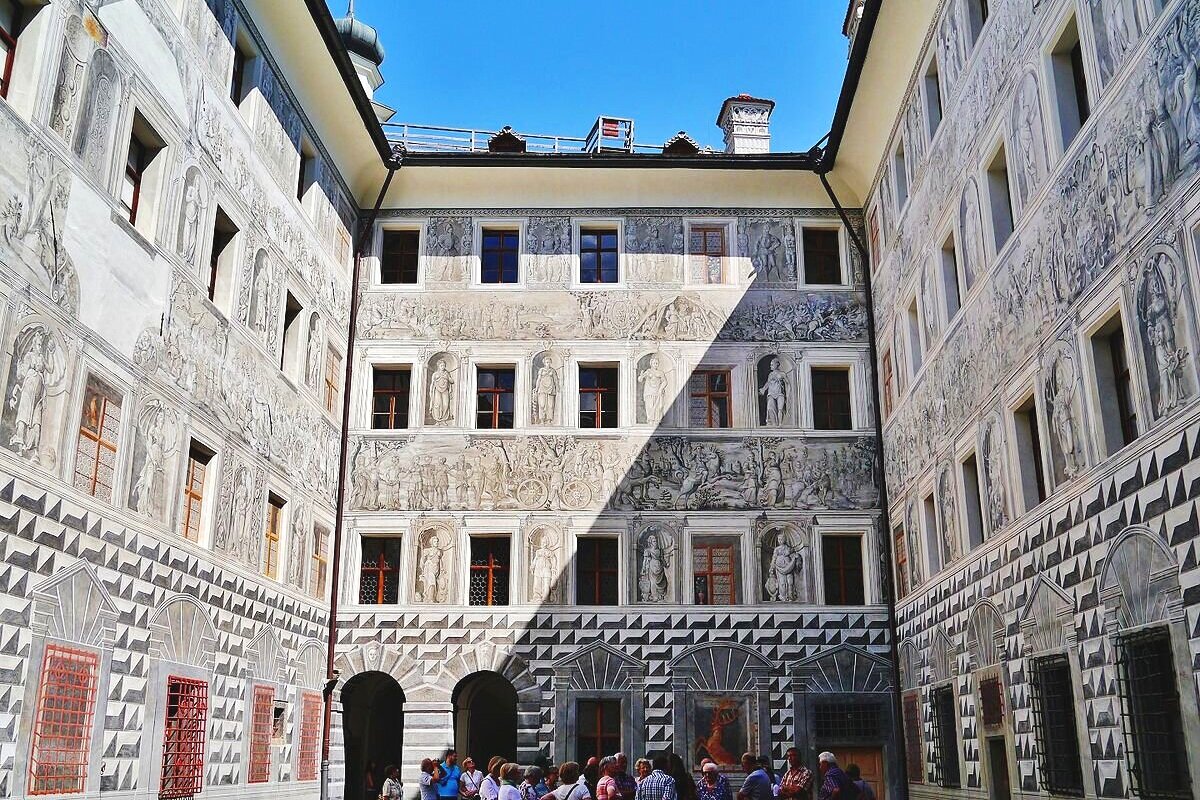
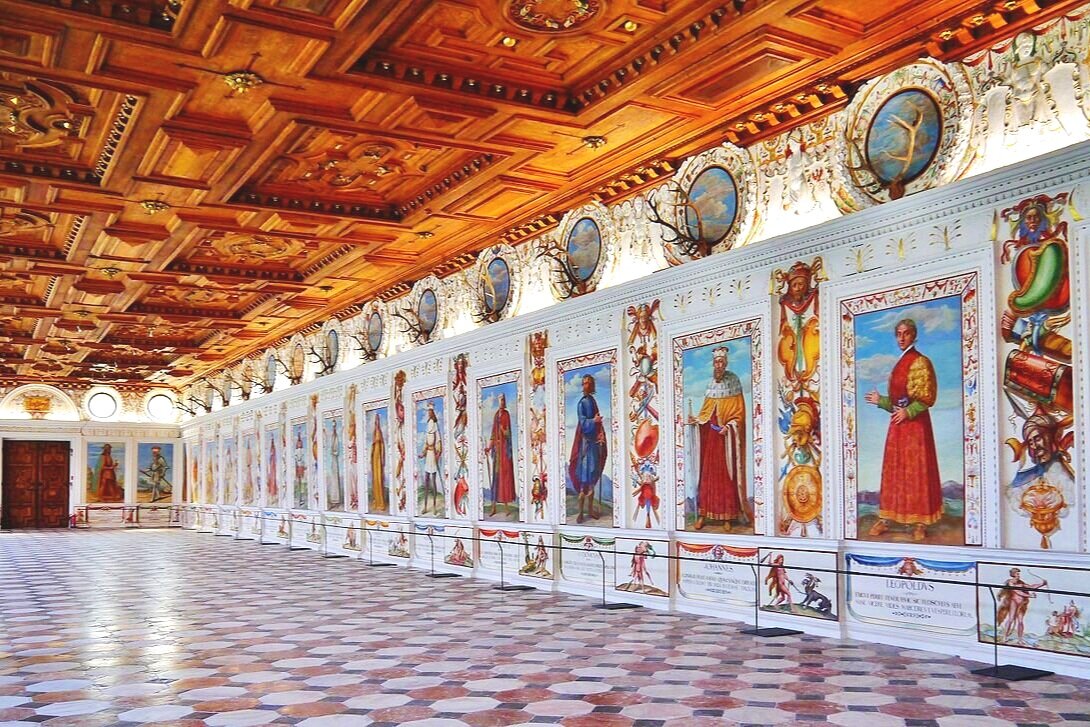
The Spanish Hall is the castle’s most famous space, which is considered one of the most striking Renaissance interiors outside of Italy. The hall is lined with portraits of the rulers of Tyrol, from the Habsburgs all the way back through their predecessors. Most eye-catching is the ceiling, made of gilded and inlaid wood. Innsbruck is one of my favorite cities in Central Europe, so if you ever get the chance, combine its historic charms with some hikes in the mountains and a visit to this remarkable castle.
6. Schloss Ort
Schloss Ort on the Traunsee
Image | Christian Jansky
If you find it hard to choose between a palace with a water view and one with a mountain view, the Habsburgs can solve that problem for you: Schloss Ort has both! Located right on the Traunsee, which like the Kaiservilla is in the Salzkammergut region, it has some striking peaks for a backdrop.
Schloss Ort is actually two castles in one. There’s an older castle, dating back to the 10th century, which floats on an island in the lake and is known as the Seeschloss (“See” is German for “lake”). A more recent castle on the shore is known as the Landschloss. Today, the pair are connected by a bridge, and by the rebuild in the 17th century that gave them a consistent look.
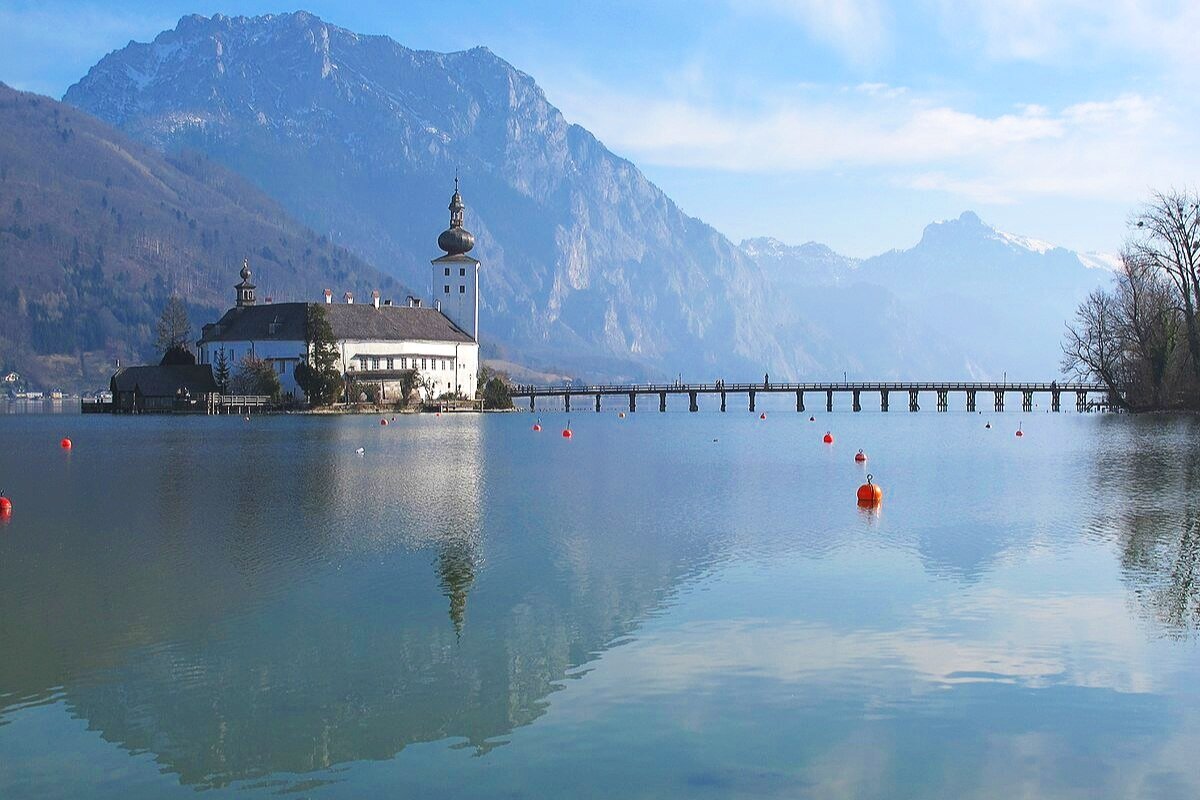
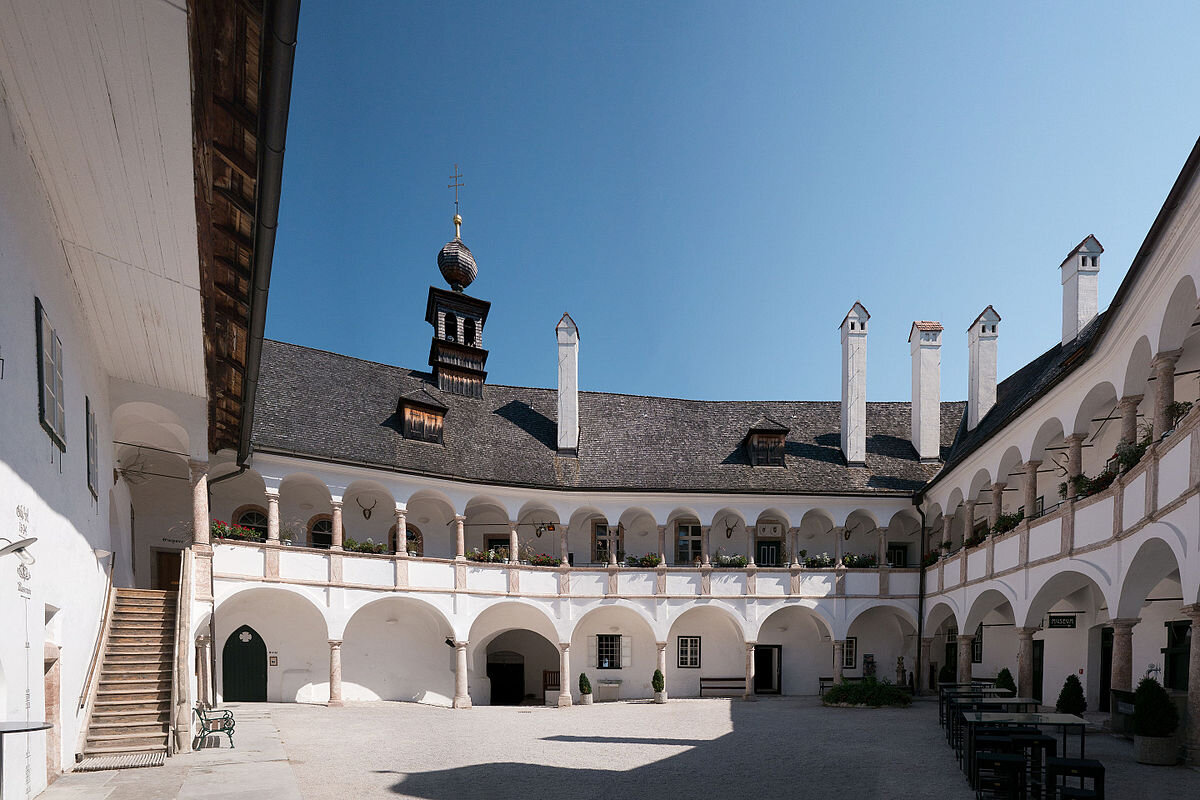
Schloss Ort changed hands many times over the years, and didn’t settle firmly into the hands of the Habsburgs until after 1690. Despite its spectacular location, it was never a preferred residence for any of the member of the family, except for the curious case of Archduke Johann Salvator in the latter half of the 1800s. He decided he didn’t want to be a royal anymore, so he married a commoner, relinquished his titles, and took the simpler name “Johann Orth,” after this castle where he lived. (Clearly he didn’t give up all the perks of aristocracy.)
These days, the castle is best known because it served as the setting for a popular Austrian tv series in the 1990s called Schlosshotel Orth. Even if this place wasn’t really a favorite with the Habsburgs, I would very happily settle in there! I’ve visited the Traunsee a couple times, and though the Austrian mountain lakes aren’t as sexy as their Italian cousins (Como, Maggiore, Garda, et. al.), they’re absolutely beautiful and have great hiking opportunities.
7. Konopiště
Konopiště Castle rising above the trees and lake
Image | Marek Prokop
While Prague Castle is certainly one of the Habsburgs’ most famous palaces -- it’s the largest ancient castle in the world, with breathtaking views over one of Europe’s most beautiful cities -- for our real estate hunting, I’m going to introduce you to another place in the Czech Republic that’s a bit more off the tourist trail. It belonged to the Habsburgs for only a relatively short time, when it was purchased in 1887 by Archduke Franz Ferdinand.
Konopiště (pronounced “Koh-noh-peesh-tyeh”) is 37 kilometers southeast of Prague, an easy hour on the train. In the latter period of the Habsburg monarchy, Bohemia -- the historic kingdom of which Prague is the capital -- was the richest part of all their domains, so it’s not a surprise that Franz Ferdinand would choose this castle as his seat. He spent millions renovating it into its current neo-Gothic look. The castle became the site of many political machinations in the years leading up to World War One: for example, Kaiser Wilhelm of Germany had a sleepover here. Then of course the war was sparked by Franz Ferdinand’s assassination in Sarajevo in June 1914.
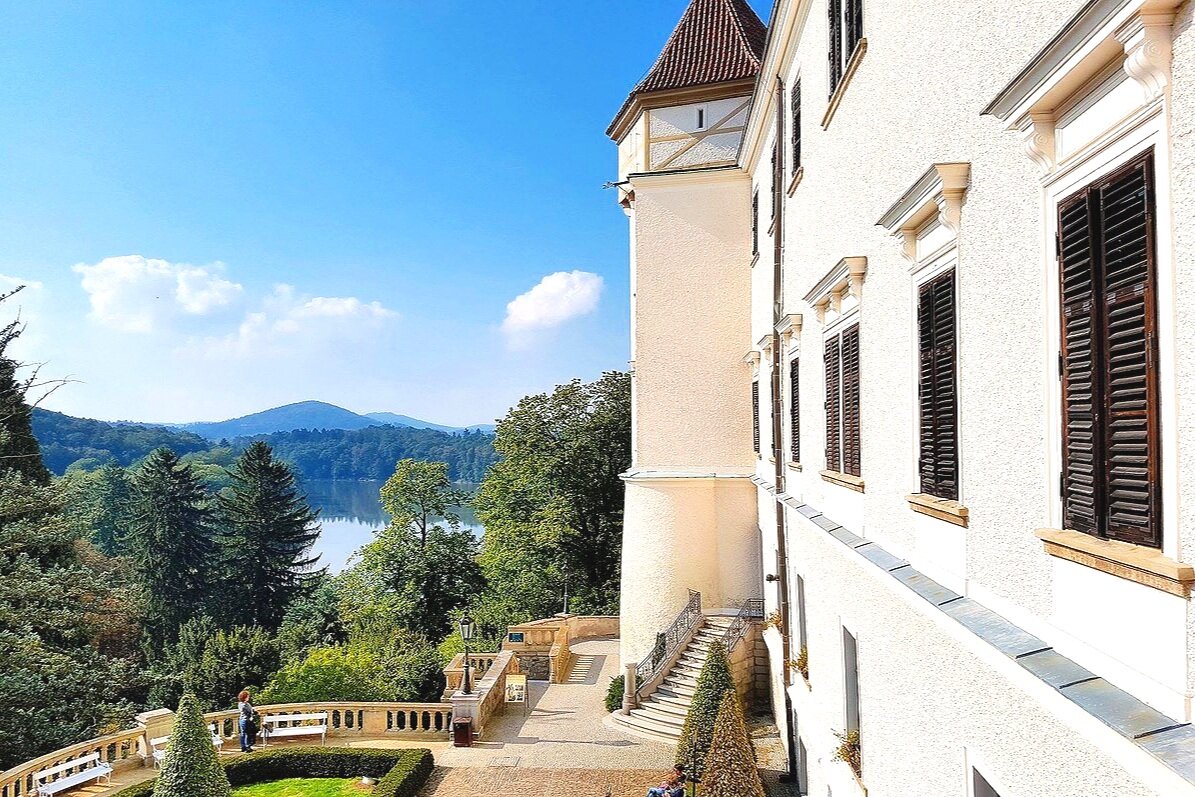
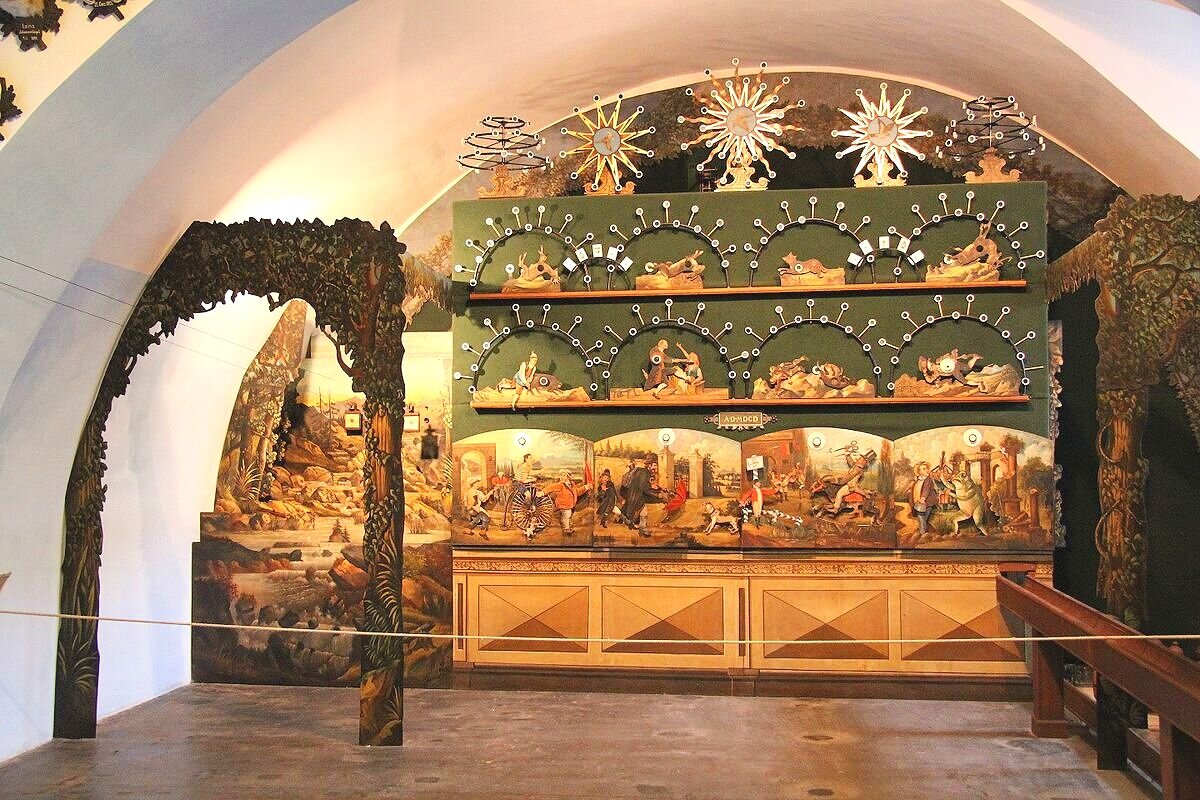
The interiors are preserved much as Franz Ferdinand left them. In the typical fashion of aristocratic gentlemen, he loved shooting defenseless animals, so as in the Kaiservilla, there’s a whole area displaying the antlers and other creatures he killed. But you can also see the shooting range he had built in so he could practice. Myself, I much prefer walking in the castle’s vast grounds, which in places seem semi-wild, and there are more attractive walks in the vicinity, so it makes for a nice day trip from Prague.
8. Miramare
Castello di Miramare
Image | Valleo61
If I had to choose only one of all these palaces to call home, it would definitely be Miramare Castle. For me, this place defines “dreamy.” An extravagant residence right on the shores of the Adriatic Sea, secluded, sunny, set in its own leafy park, and with all the Italian food you can eat… what’s not to like?
Miramare is located not far from Trieste, Italy. You can easily take an excursion boat from the city to the castle. The place was completed in the mid 1860s, built to spec for Archduke Maximilian, who was Franz Joseph’s younger brother. At the time, Maximilian was the Commander-in-Chief of the Habsburg navy, and Trieste was an important naval center.

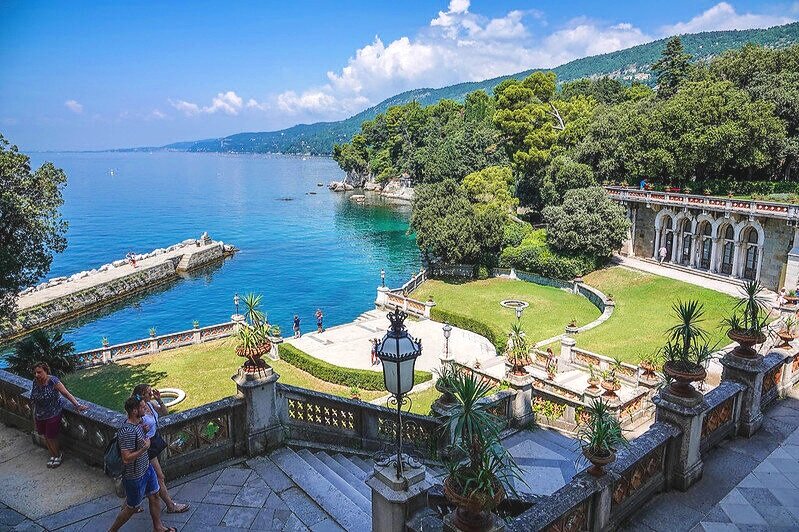
A surprising feature you might notice on the exterior are Aztec eagles, and on the interior, the coats of arms of the Second Mexican Empire. That’s because Maximilian became Emperor of Mexico in 1864. It’s a sad story, actually, since he was executed by firing squad in 1867 as a result of the republican revolution led by Benito Juárez. So Maximilian never saw the palace finished. After he died, Sisi spent a fair bit of time there, and Franz Ferdinand also stayed for a month shortly before he was assassinated.
I’d prefer not to focus on gloomy details when thinking about this beautiful spot, though. In fact, I’d much rather head down to the castle’s seaside gardens for a swim in the Adriatic. It should be hard not to be happy if you could call a place like this home. Incidentally, Maximilian wins the award for “all-time best sideburns/beard combo” in Habsburg history.
Check out that facial hair!
Image credit: Public Domain, Wikimedia
So that’s my shortlist of top Habsburg palaces. Which one is your favorite? Would you choose mountains or sea, imposing castle or Baroque splendor?
Thanks for indulging your champagne wishes and caviar dreams with me, and touring this royal real estate! If you haven’t already had a look at my book about the Habsburgs, please check it out!


